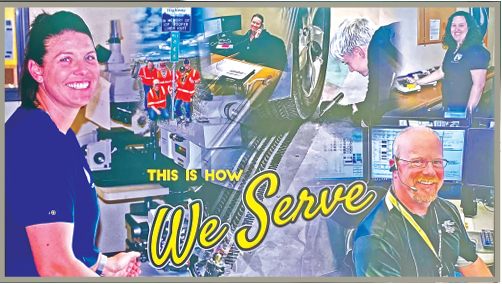
Imagine giving a tour of a police department to a group of community members. Throughout the tour, time is taken to point out things that are hanging on the wall that have historical significance to the agency. Observations are made by the tour attendees about various employees, their dress, their attitudes, and how they speak to each other. Conclusions are drawn about the agency by examining whether the offices are cluttered or organized and whether the area is clean or tidy. Based on the observed culture, people and stakeholders form opinions on the professionalism and ability of the agency to provide lifesaving and life-changing services to the public every day. Among the many duties a police executive has is to build, lead, and demonstrate a winning culture to internal and external stakeholders that ensures the public receives the most professional services possible. Just what every leader needs—another item added to the long list of things to do! Actually, some leaders may discover their agency is already doing many things to build a winning culture, and a little refinement will pay great dividends toward accomplishing the agency’s mission.
Only recently was organizational culture given much thought. Now, leaders recognize the importance of sharing successes and providing a professional image to the public and political stakeholders, so they are willing to invest financially or otherwise in their organizations’ cultures. No one willingly invests in an organization unless they are confident of a positive return. Elected officials are the same and certainly more hesitant to support and invest in organizations they do not believe will provide quality public services with trained, competent personnel. In short, a winning culture helps build the trust of the public and stakeholders, which is vital to the well-being of any police agency. There are many levels of organizational culture, but for the sake of time and space, this article addresses areas that will significantly assist any organization if improved.
In order to access the rest of the article sign in with your IACP or Subscriber credentials.


